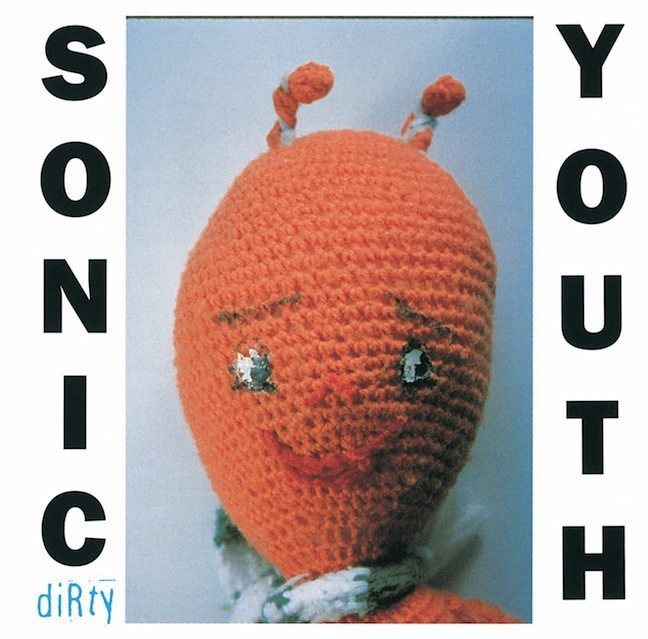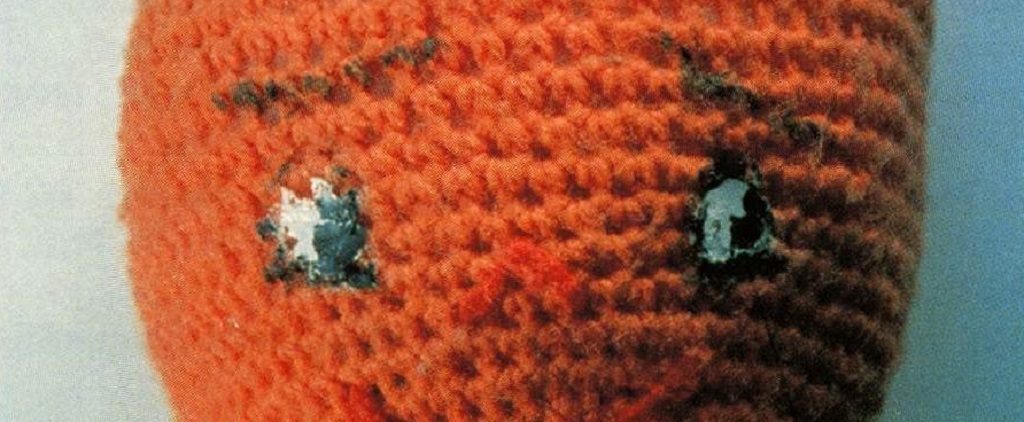[dropcap style=”font-size:100px; color:#992211;”]I[/dropcap] can remember a conversation I had with an old friend of mine back in the 80s who had, at the time, just graduated from UCLA.
She had majored in fine art was recovering from the some hundred hours she’d spent in an attempt to complete her final project for which she received an unenthusiastic critique. While it wasn’t her grade, so much, that made her question her future as an artist, it was the faculty’s response to the work of a classmate that prompted her ultimate disillusionment with the art community as a whole.
Apparently, the classmate, who had spent no more than an hour on her project, had been awarded a roaring applaud for her “ingenious use and manipulation of unconventional materials.” Worse yet was the fact that her efforts had been executed in the eleventh hour and with absolutely no forethought. She had simply picked up an empty Coke bottle from her coffee table and filled it with urine, which she then used to write a number of random words on a mound of dirt she had hastily collected from her backyard.
Upon viewing Mike Kelley’s work on display at The Geffen Contemporary at MOCA, I experienced feelings of awe due to the breadth of what Ann Goldstein describes as a “staggering, dazzling, fearless body of artworks in every form and medium, including paintings, sculptures, works on paper, installations, performance, videos, photographs, collaborative pieces, critical texts, and music.” Sadly, however, I also experienced feelings of melancholia for the loss of a man who, as aptly described in the Hollywood Reporter by LACMA curator Stephanie Barron, “had an enormous appetite for all kinds of art [and] was unendingly curious.”
Since the exhibition, I haven’t been able to stop wondering why an individual would, at the height of his career, suddenly take his own life? He was obviously suffering from depression. Just weeks before he died, he told his longtime friend and former band mate Niagra from Destroy All Monsters, “that if he had to make it in the art world today he couldn’t do it, that he wasn’t a good enough painter or sculptor to have success on those merits alone,” (as quoted in Model D). Whether there was any validity to Kelley’s claim, I cannot say, but his attitude is indicative of a fragile frame of mind.
More telling are the responses Kelley provided in an interview he did just three months before to his death for Dr. Eva Meyer-Herman. He conceded that one of his biggest frustrations was the public’s inability to appreciate or even recognize the complexity in his work. Too often, he’d felt his work had been misread and unfairly judged. Rather than see Kelley as an artist whose work is “primarily about playing with conventions,” his viewers have had a tendency to “project upon [him], the artist, the belief systems they think are…represented in [his] artworks,” which often conveyed “aesthetic positions or political ideologies that [were] not [his] own.”
The unfortunate irony is that while Kelley used his “art to expose and capsize established and oppressive value systems, [his work] ended up merely reinforcing them, by feeding the prejudices and sick appetites and desires of the privileged elite,” as iterated by Tony Herrington in Wire. Had he, like Warhol for instance, been able to settle for simply exposing the commodification of art and find satisfaction in profiting from the same elitist community at whom he aimed his ridicule, Kelley may have been able to experience a sense of contentment and enjoy the wealth of his accomplishments.
Sadly, this wasn’t the case. Kelley was too driven, too impassioned, and ultimately too riddled with the characteristics that can make it so difficult for likeminded intelligent yet sensitive individuals to a find a sense of equanimity within an art world more interested in grossing profits rather than true creative expression. If any good is to come from such a tragic loss, perhaps it is a learned understanding of how detrimental the commercialization of the creative process can be upon the artist’s soul.
The Mike Kelley Foundation for the Arts seeks to further Kelley’s philanthropic work through grants for innovative projects that reflect his multifaceted artistic practice. The Foundation also preserves the artist’s legacy more broadly and advances the understanding of his life and creative achievements. The nonprofit Foundation was established by the artist in 2007.






















